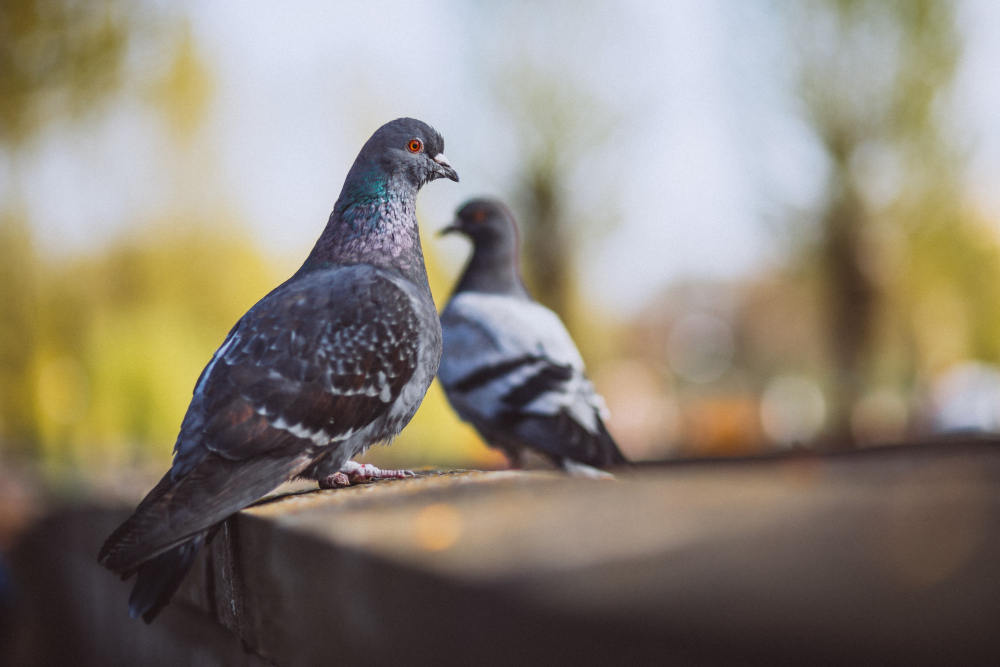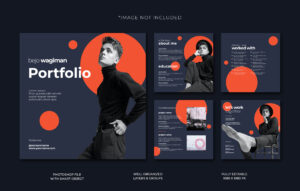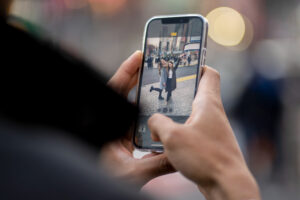How to Master Pigeon Photography in Cityscapes
Pigeons are often overlooked in wildlife photography, but these urban birds present an incredible opportunity for creativity, especially within cityscapes. Their adaptability to urban life makes them fascinating subjects for photography, offering dynamic shots against the backdrop of busy streets, towering buildings, and bustling squares. Mastering pigeon photography in cityscapes takes patience, creativity, and an eye for the unique moments that make urban life so compelling.
In this guide, we’ll explore how to elevate your pigeon photography skills, bringing out the charm of these familiar yet fascinating creatures within their urban environment.
Choosing the Right Camera and Settings
When photographing pigeons in cityscapes, the correct camera settings can make a big difference. Since pigeons move quickly, you’ll want to use a fast shutter speed to freeze their motion. A shutter speed of at least 1/1000th of a second is ideal for capturing them in flight or when they’re dashing across busy streets.
Consider adjusting your aperture and ISO if you’re working with natural light. A wider aperture (f/2.8 to f/4) will help isolate the pigeon from its background, making the bird stand out amidst the city’s chaos. You may also need to increase your ISO if you’re shooting in lower light, but be cautious to avoid too much noise in your images.
A zoom lens can be handy for equipment, allowing you to capture close-ups of pigeons without getting too close and startling them. A lens with a focal length of around 70-200mm works well for maintaining that distance while still getting detailed shots.
Incorporating the Cityscape
The ability to frame these birds against the urban environment makes Pigeon Photography in cityscapes unique. Instead of focusing solely on the pigeon, use the city as part of your composition. Buildings, streets, and architectural elements can serve as exciting backdrops, adding depth and context to your photos.
Try photographing pigeons near iconic city landmarks, or look for contrasts between the birds and modern structures. Bridges, fountains, and public squares often attract pigeons, offering prime spots for framing them within the architectural landscape.
Perspective is important here. Shooting from a low angle can give pigeons a sense of grandeur, especially when they’re framed against tall buildings. On the other hand, photographing them from above, perhaps from a high-rise building or a staircase, can provide a fresh take, showing them blending into the intricate patterns of streets and sidewalks below.
Timing and Lighting
As with any photography, lighting plays a vital role in pigeon photography. Early morning and The “golden hours” are the early morning and the late afternoon. These times provide lighting that can create stunning effects. The sun’s low angle during these times casts longer shadows, making the textures of feathers and cityscapes more dramatic.
Midday lighting can be harsher and create unflattering shadows when the sun is overhead. However, embracing the stark contrast and playing with shadows can also present unique opportunities. Pigeons sitting in the sun, with dark city shadows as a background, can make for compelling, high-contrast images.
Consider also the weather. A cloudy day diffuses light, softening shadows and making capturing details in the pigeons and the background easier. Rain can add another layer of interest — wet pavements reflecting the city lights or pigeons huddling under awnings are perfect for moody, atmospheric shots.
Getting Up Close Without Spooking Your Subject
Pigeons, while familiar with humans, can still be skittish. To avoid startling them, move slowly and keep your distance. If you’re using a telephoto lens, you won’t need to get too close to capture a detailed shot. Let the pigeons come to you rather than chase them down.
A good strategy is to find a spot where pigeons frequently gather — like a park bench, a public square, or near a food vendor — and wait. By staying still, you’ll blend into the environment, and the pigeons will begin to act naturally around you. This patience often results in more candid, less forced images.
Capturing Motion and Stillness
Pigeons offer a range of photographic opportunities, from still portraits to dynamic action shots. To capture motion, focus on the moments when pigeons take flight or land. You can use burst mode to quickly capture multiple frames, increasing your chances of getting the perfect shot.
On the other hand, still shots can be just as powerful. A lone pigeon perched on a streetlight or quietly resting on a fountain can evoke a sense of calm amidst the hustle and bustle of the city. Experiment with both approaches to see which resonates more with your style.
Post-Processing Tips for Urban Pigeon Photography
Post-processing is where you can fine-tune your pigeon photographs and bring out the best in them. Adjust the exposure to highlight details in both the pigeon and the cityscape. You may also want to tweak the contrast to make the bird stand out more from the urban background.
When editing, keep an eye on color balance. Urban settings can sometimes introduce harsh or unusual lighting conditions, so adjusting the white balance can help restore natural tones. If you shoot in RAW format, you’ll have more flexibility in recovering details from shadows or highlights.
Pigeon photography in cityscapes is a rewarding challenge that combines wildlife photography with urban exploration. You can capture compelling images showcasing birds and their environment by understanding pigeon behavior, mastering your camera settings, and creatively incorporating the city into your compositions. With patience and practice, you’ll soon be able to turn these common urban dwellers into captivating photographic subjects.

















